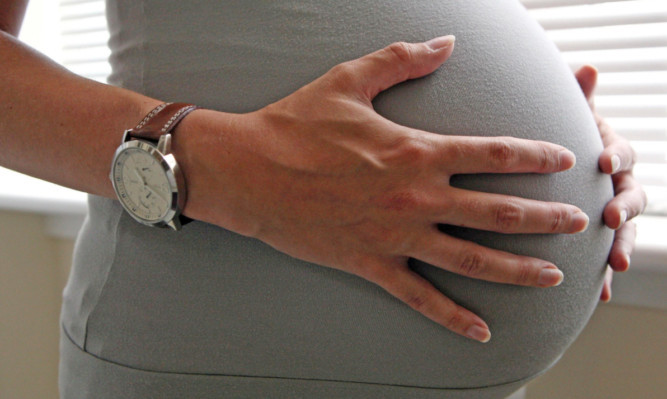People living in Fife’s most deprived areas are dying eight years earlier than those in the most affluent towns.
The shocking statistic is just one of a number of startling discoveries by the region’s health experts which reveal the stark differences between rich and poor.
Those growing up in poverty are more than twice as likely to die under the age of 75, almost five times more likely to die of an alcohol-related illness and more likely to develop cancer.
The depressing reality does not end there, as alcohol-related hospital admissions and teenage pregnancy rates are both six times higher among the region’s most deprived.
Women are also more likely to smoke during their pregnancies and babies tend to have lower birth weights.
Fife’s director of public health, Dr Eddie Coyle, said health inequalities between rich and poor had always been a problem in Scotland more so than in similar communities south of the border.
His latest annual report shows, however, that while the gaps are not getting worse, they are not improving either, despite a number of initiatives designed to improve health among more deprived communities.
As a result, Fife’s strategy is about to change to target young children in the hope that early intervention will improve the statistics in the long term.
“We have found that in much of the work done in terms of prevention we get the best bang for our buck if we get them young,” he said.
“If you start off by being born unequal, and birth weight is one indicator, it’s sustained through life.
“You get ill more easily, it affects quality of education, your ability to get a job and being able to live a healthy life. Maybe we weren’t starting early enough.”
Dr Coyle said the gaps in cognitive development and the ability to learn and interact socially were often apparent even before children reached school age.
“We need to plug in at an earlier age to make them more engaged,” he said. “It’s tricky because before you get to school there isn’t a universal service.
“One thing is, what do we do with folk like young children being brought up where there are chaotic lives with addiction issues etc? There’s a lot of work going on in Fife.”
Family is only one component, however, and the doctor said it was important public services and the voluntary sector helped people get an even-handed start in life.
“Not only because it’s fair but if we don’t, we’ll live with unfair consequences,” he said.
“It’s people dying earlier, they will have illnesses 10 years before more affluent parts of society and we can’t turn our eyes away from it. People need to get better nutrition, advice on sex and pregnancy and be able to be work ready.
“The big issue is the difference in life expectancy it’s eight years in men and six in women. If that was losing eight years through a criminal sentence you would have done something very bad indeed.
“In some ways it’s not just about helping the most disadvantaged because the result is society as a whole is happier.”
However, in his report Dr Coyle concluded that some determinants of health inequalities were beyond the scope of Fife’s services.
He said: “Fundamental socio-economic inequalities exacerbated by the recession, rising youth unemployment and changes to the benefit system through welfare reform, reduction in public spending and an increasingly older population will all impact on people already living in the most disadvantaged life circumstances those most likely to experience poorer health and wellbeing.”
